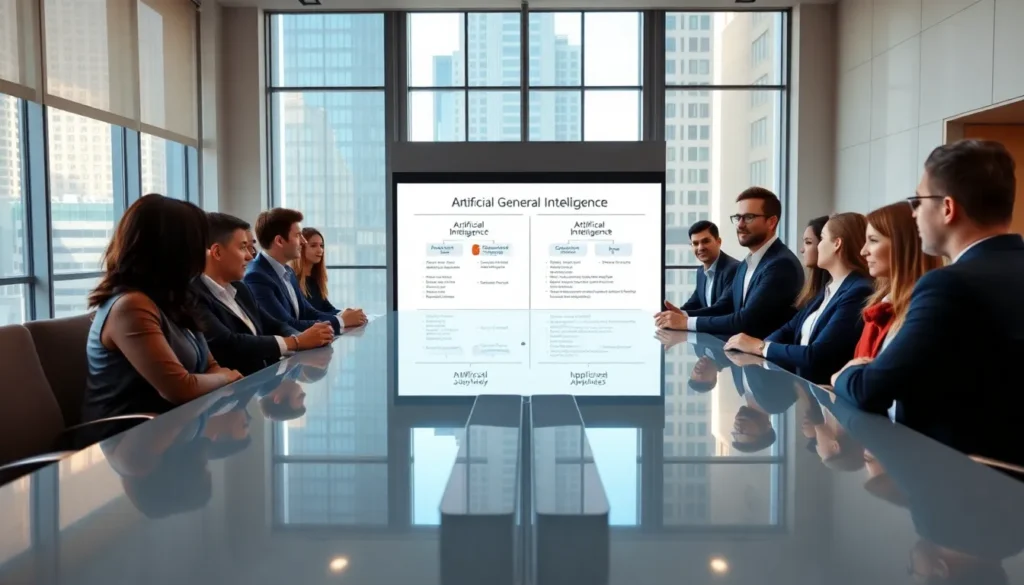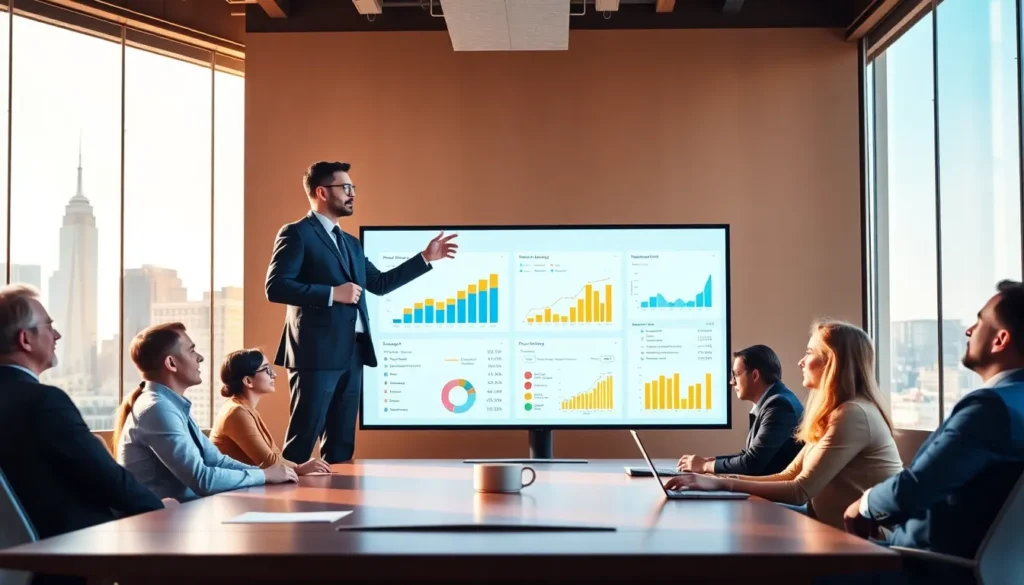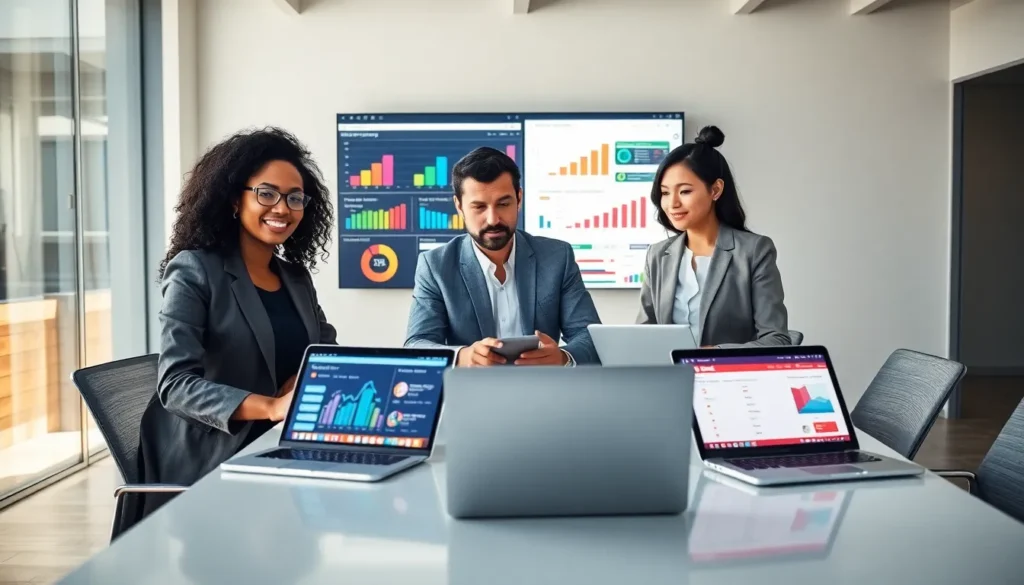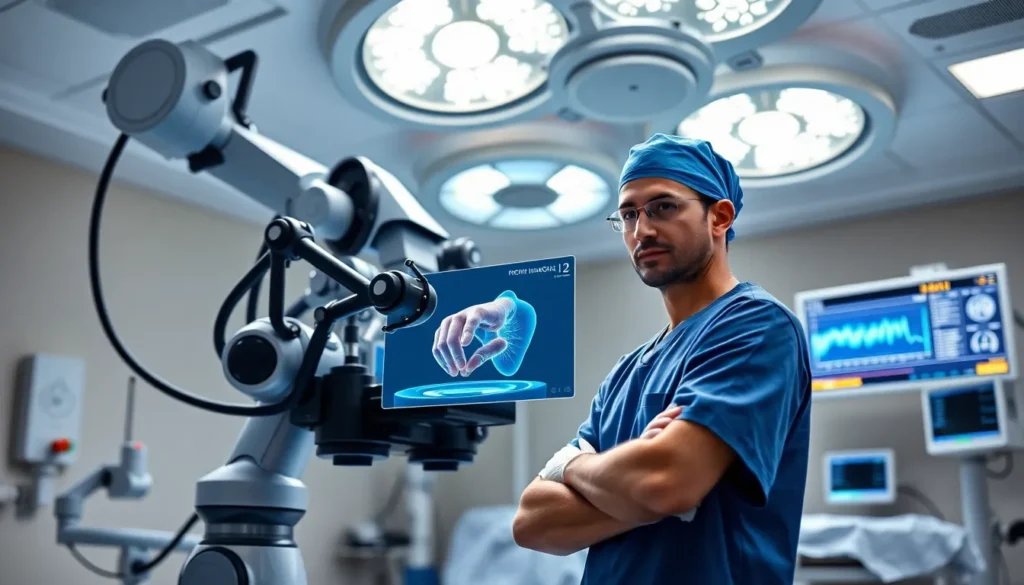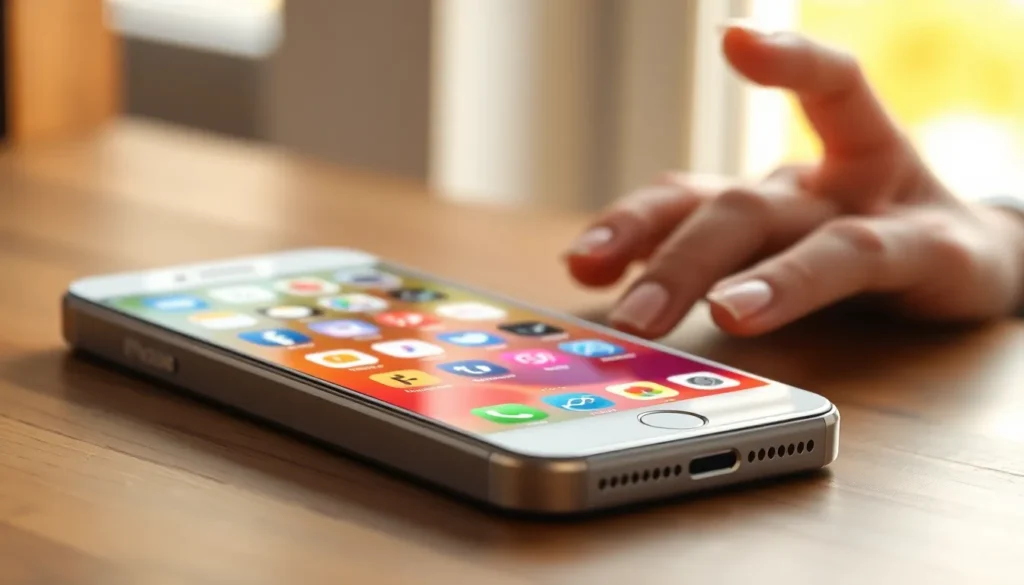Table of Contents
ToggleThe iPhone SE 2nd generation has made quite a splash since its debut, but there’s one burning question that keeps popping up: is it 5G ready? Picture this: you’re standing in line for coffee, scrolling through your social media feed, and suddenly you realize your phone feels like it’s stuck in quicksand. No one wants to be that person waiting for a video to buffer while everyone else is zipping through the latest memes on their 5G connections.
As technology races ahead, it’s crucial to know whether this compact powerhouse can keep up. With its sleek design and impressive performance, the iPhone SE 2nd gen has a lot going for it. But can it handle the lightning-fast speeds of 5G? Let’s dive into the details and uncover whether this little device can truly keep pace with the big boys of mobile connectivity.
Overview of iPhone SE 2nd Gen
The iPhone SE 2nd generation combines compact design with powerful hardware. This model appeals to users seeking quality without excessive size.
Design and Build Quality
The iPhone SE 2nd Gen features a classic design with a glass front and back, framed by durable aluminum. Its dimensions measure 138.4 mm in height, 67.3 mm in width, and 7.3 mm in depth, making it easy to hold. This device maintains a sleek look and is available in multiple colors, including black, white, and red. Weighing 148 grams, it’s lightweight and portable. The Retina HD display spans 4.7 inches, offering vibrant colors and sharp details. This screen includes True Tone technology, adjusting brightness based on surrounding light. IP67 water and dust resistance enhance durability, ensuring the phone withstands everyday challenges.
Key Specifications
Key specifications include the A13 Bionic chip, delivering powerful performance across tasks. This chipset enables smooth operation for gaming and apps. The device supports 64GB, 128GB, or 256GB of storage options, accommodating various user needs. A single 12 MP rear camera captures high-quality photos and videos, with advanced features like Portrait mode. The battery life supports up to 13 hours of video playback, ensuring long usage periods. Furthermore, it includes Touch ID for secure authentication, appealing to those who prioritize security. Overall, these specifications make the iPhone SE 2nd Gen a competitive option in the smartphone market.
5G Capabilities
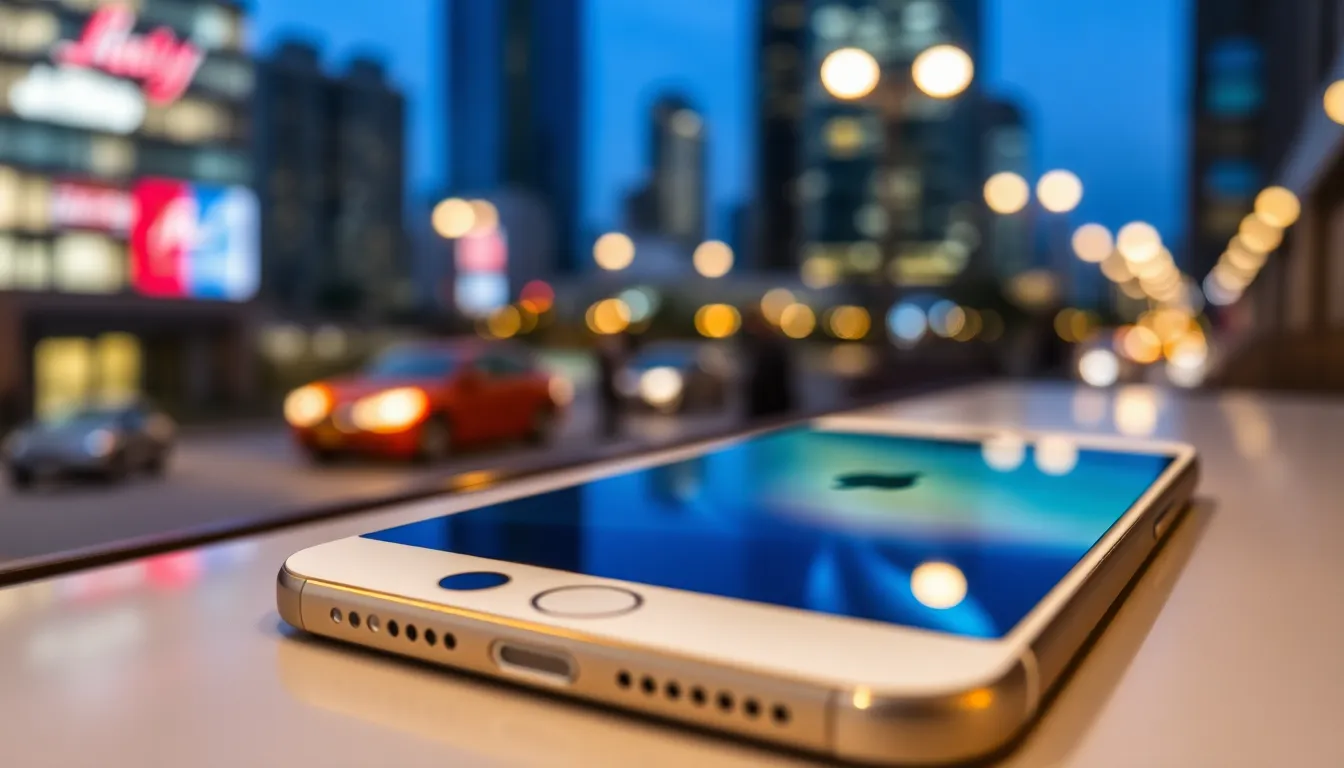
5G technology revolutionizes mobile connectivity, delivering significantly faster data speeds and reduced latency compared to previous generations. With this technology, users experience smoother streaming, quicker downloads, and enhanced gaming performance, making it essential for modern smartphone users.
What Is 5G Technology?
5G technology represents the fifth generation of mobile networks, designed to enhance connectivity. Faster speeds exceed 1 Gbps in optimal conditions, supporting a multitude of devices simultaneously without compromising performance. Lower latency measures around 1 millisecond, facilitating real-time communications for applications like augmented reality and smart city innovations. Enhanced capacity and efficiency distinguish 5G from its predecessors, enabling seamless user experiences across various sectors.
Does iPhone SE 2nd Gen Support 5G?
The iPhone SE 2nd Gen does not support 5G connectivity. Apple equipped this model with 4G LTE capabilities. Users seeking 5G access must consider newer iPhone models, such as the iPhone 12 or later, which feature built-in 5G technology. While the iPhone SE 2nd Gen offers robust performance and great value, it lacks compatibility with the latest mobile network advancements. This limitation becomes a significant factor for those who prioritize high-speed internet access on their mobile devices.
Comparison with Other iPhones
The iPhone SE 2nd Gen, despite its compact design and powerful performance, lacks 5G capabilities. To understand its position in the market, a comparison with newer models reveals key differences.
iPhone SE 2nd Gen vs. iPhone 12
The iPhone 12 offers significant enhancements over the iPhone SE 2nd Gen. Equipped with 5G support, it enables faster data speeds and increased connectivity. Battery life also sees improvement, with the iPhone 12 lasting longer during video playback. Featuring a Super Retina XDR display, users enjoy a more vibrant viewing experience compared to the Retina HD display on the iPhone SE 2nd Gen. Additionally, the camera system on the iPhone 12 includes Night mode and improved computational photography, appealing to those who prioritize photography. Overall, users seeking advanced features and 5G connectivity will find the iPhone 12 a more attractive option.
iPhone SE 2nd Gen vs. iPhone 13
The iPhone 13 builds on the strengths of its predecessor with several notable upgrades. Notably, like the iPhone 12, it supports 5G, ensuring faster internet access. The battery life outperforms the iPhone SE 2nd Gen, providing more hours of use. The Super Retina XDR display also enhances the visual experience, offering richer colors and sharper details. The camera improvements include advanced features like Cinematic mode and enhanced low-light performance, making it ideal for those who value photography and videography. For users needing cutting-edge functionality and connectivity, the iPhone 13 stands out as a superior choice.
User Experience
The iPhone SE 2nd Gen offers a compact design, but the user experience centers around its performance and battery life.
Performance and Speed
Apple’s A13 Bionic chip powers the iPhone SE 2nd Gen, ensuring noticeable performance in everyday tasks. Users experience smooth multitasking and efficient app launches. Gaming performance stands out, with demanding titles running well, thanks to its robust processing capabilities. Speed, however, lacks in terms of 5G connectivity, as this model relies only on 4G LTE networks. While 4G provides decent speeds, it doesn’t match the lightning-fast capabilities of 5G. Users wanting cutting-edge speed may find this limitation significant as modern applications increasingly depend on higher bandwidth.
Battery Life and Connectivity
Battery life remains a strong point for the iPhone SE 2nd Gen, supporting up to 13 hours of video playback. Users appreciate the longevity and efficiency during daily use. Charging options include fast charging and wireless capabilities, offering flexibility for various scenarios. Connectivity, however, is limited, as the device does not support 5G networks. Users accustomed to high-speed internet might encounter frustrations with slower 4G performance. Individuals focusing on constant connectivity may consider newer iPhone models that feature 5G support for enhanced data speeds and reduced latency.
The iPhone SE 2nd Gen offers impressive performance and a compact design but falls short in terms of 5G connectivity. While its A13 Bionic chip and solid battery life make it a strong contender in the market, users looking for high-speed internet access will need to explore newer models. The lack of 5G support may limit its appeal for those who prioritize fast data speeds and reduced latency. Ultimately, the choice between the iPhone SE 2nd Gen and more advanced models like the iPhone 12 or 13 will depend on individual needs and preferences in mobile connectivity.

